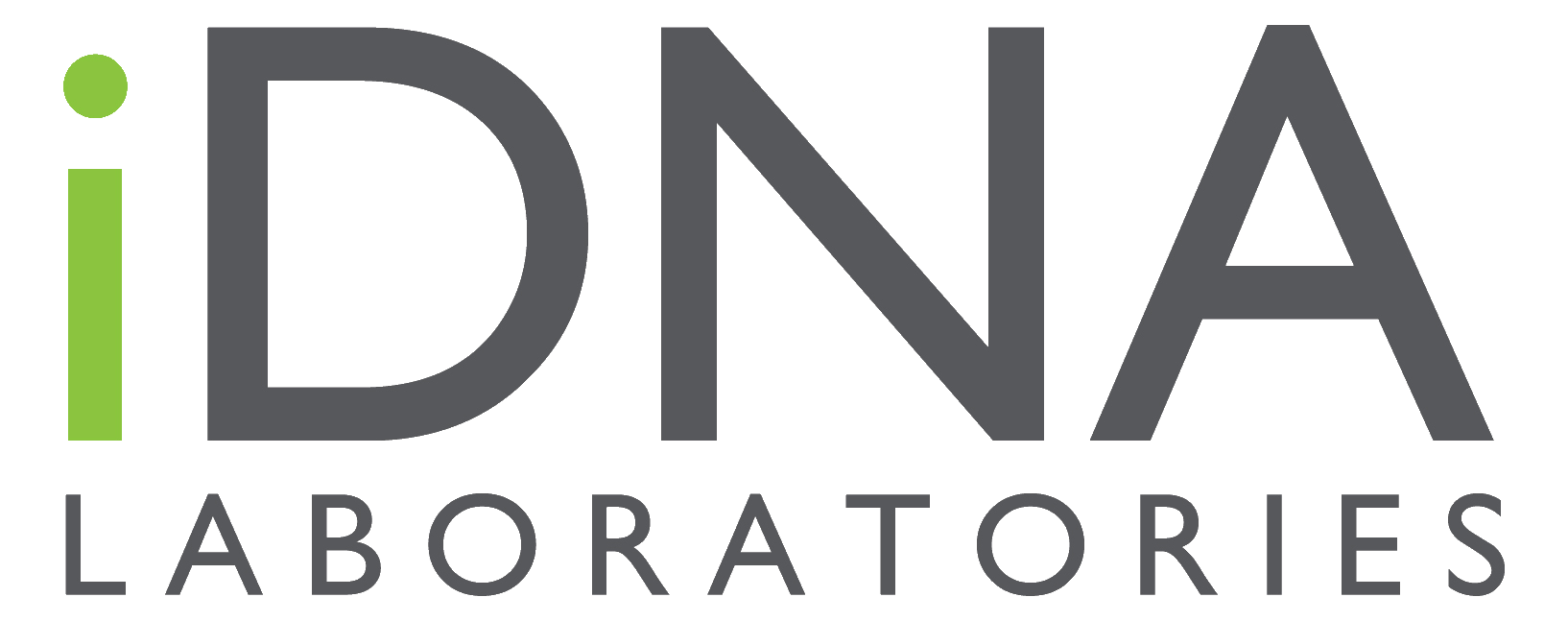Contact us

iDNA Laboratories is a genetics company, based in Greece, active in the field of Precision Medicine and aiming to personalize health care.
ΓΕΜΗ 157439801000
© Copyright – iDNA Laboratories | Developed by ADS Solutions
PRS is associated with the prospect of intervention, including prioritization of preventive measures and presymptomatic testing, initiation and frequency of testing, as well as lifestyle modification and clinical decision-making.
Benefits of Cardio Health for healthcare professionals
Improving cardiovascular disease risk underestimation
Current tools for assessing the occurrence of cardiovascular diseases may significantly underestimate the risk.
The PRS can be used by the physician to reclassify individuals whose risk had been underestimated, for example from an intermediate risk category to a high-risk category.
Scientific articles: Ripatti, S., et al., 2010
Tikkanen, E., et al., 2013
Improving compliance and efficiency
Individuals who have knowledge of their PRS, and specifically those at higher risk, demonstrate higher compliance with their treatment or favorable lifestyle changes.
The higher the treatment adherence, the greater its effectiveness. On the contrary, poor adherence can lead to treatment failure.
Scientific articles: Kullo, I.J., et al., 2016
Umans-Eckenhausen, M.A., et al., 2003
Higher benefits of primary prevention in high-risk individuals
The higher the treatment adherence, the greater its effectiveness. On the contrary, poor adherence can lead to treatment failure.
People with a high PRS (>80% of the population) are at a particularly increased risk of undesired disease manifestation. By initiating primary prevention (e.g. statin therapy), high-risk individuals benefit more by achieving a significantly greater reduction in their relative ten-year risk.
Scientific articles: Mega, J.L., et al., 2015
Natarajan, P., et al., 2017
Higher benefits to young adults
PRS implementation can reduce the average healthcare cost, improve Quality Adjusted Life Years (QALYs) and prevent future cardiovascular events, with significant benefits in young individuals with borderline/intermediate risk.
Scientific articles: Mujwara, D., et al., 2022
Genes examined
The iDNA Cardio Health examines a plethora of genes that contribute to the risk of developing cardiovascular diseases.